Design Process Methodologies
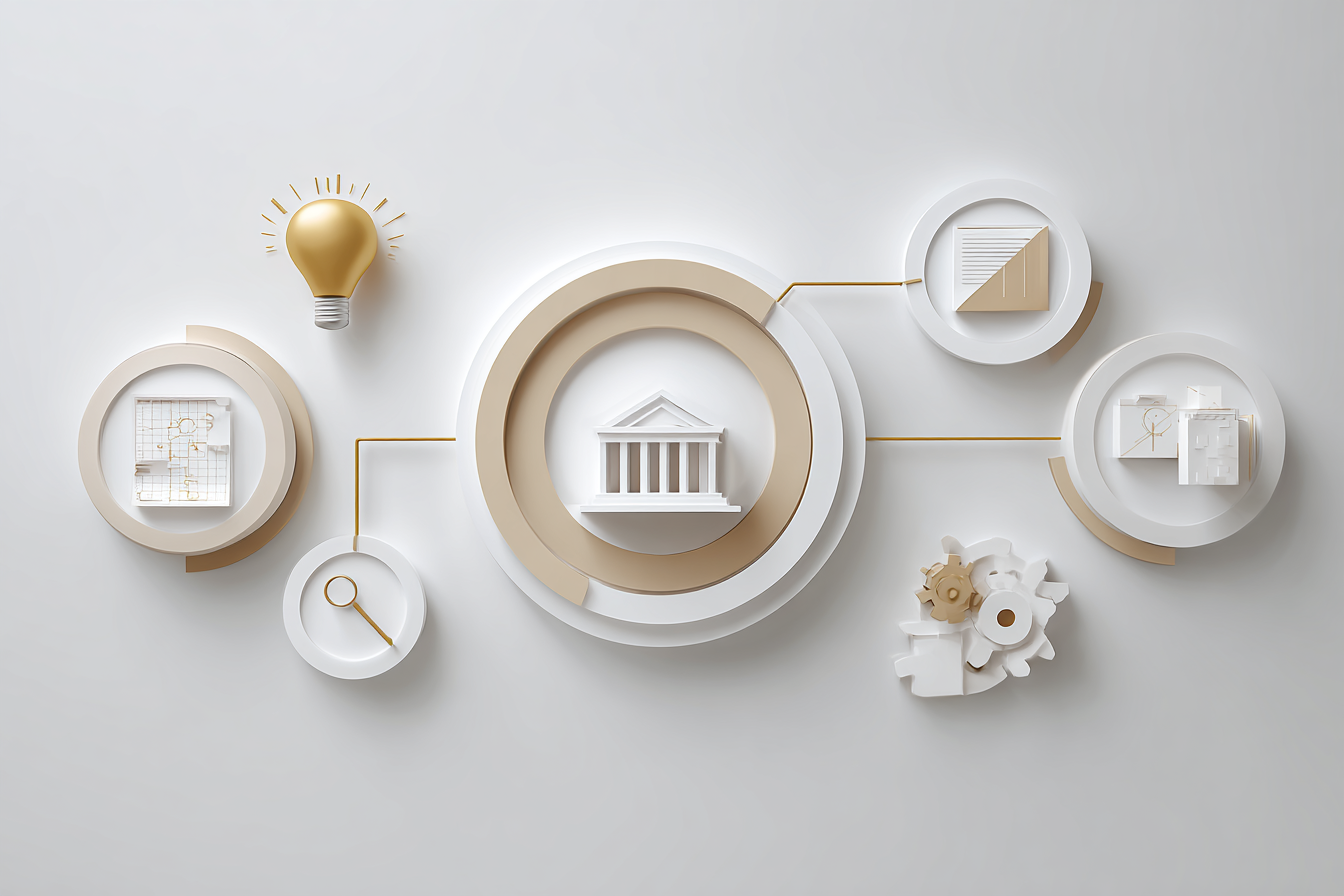
1. Introduction
Design in architecture is not an abstract act of inspiration; it is a deliberate, iterative process grounded in methodology. Design process methodologies help architects navigate complex challenges by providing structured approaches to solving problems creatively and effectively. For recent graduates, understanding and applying these methods is crucial for transitioning from academic environments to real-world projects. This article explores foundational and contemporary architectural design methodologies, providing practical frameworks, real-world case studies, and actionable insights to equip emerging professionals with a strong base for their design journey.
2. What Is a Design Process Methodology?
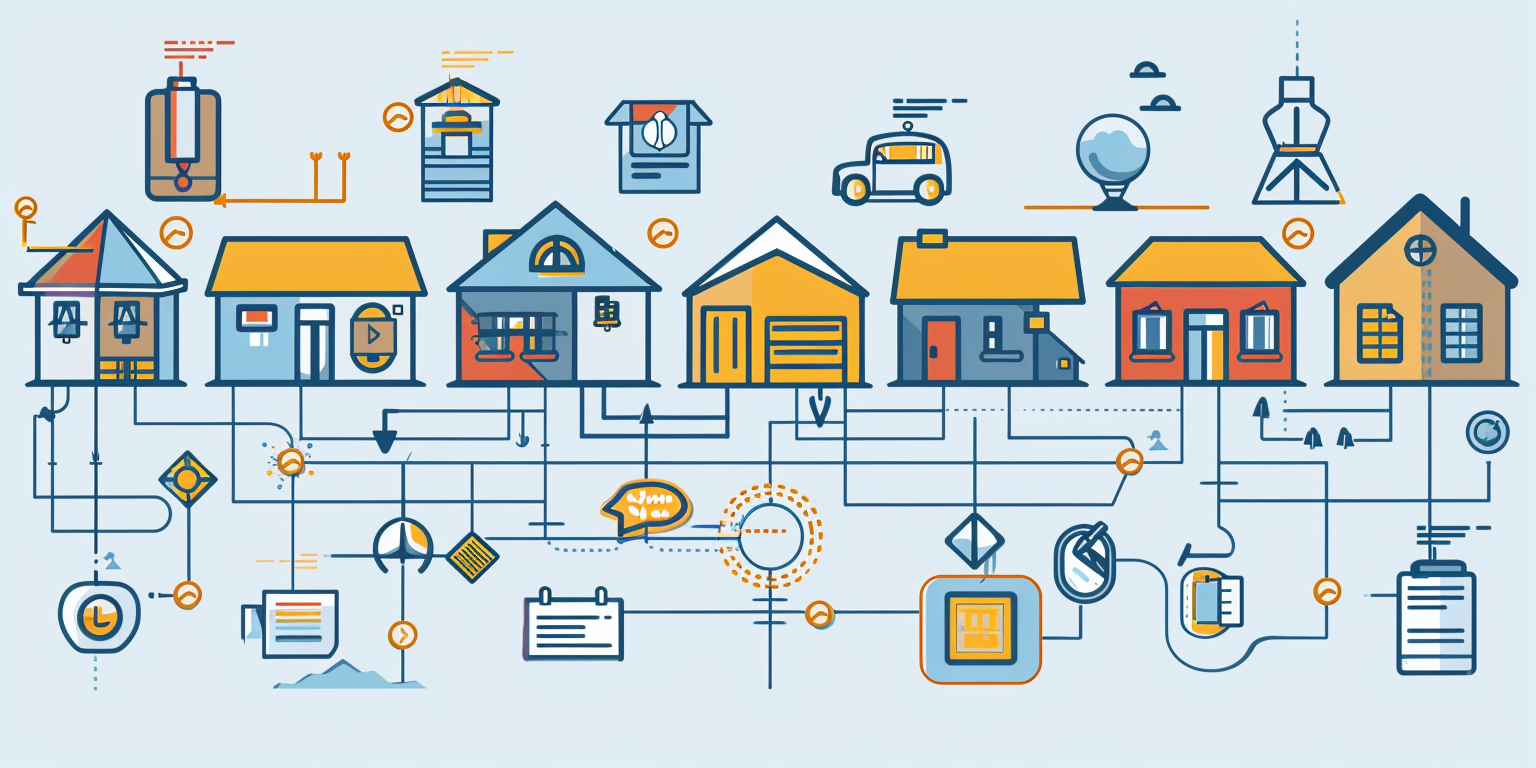
A design process methodology is a repeatable, structured approach to solving architectural problems. It includes stages such as research, concept development, iteration, evaluation, and finalization. Depending on the context, urban, rural, climate-sensitive, or budget-driven, different methodologies can be adapted.
Key stages often include:
- Problem Definition
- Research and Analysis
- Conceptual Design
- Schematic Design
- Design Development
- Documentation
- Implementation and Feedback
Pro Tip:Always document each phase of your design process. This not only strengthens your presentation but also protects your design rationale.
3. Common Methodologies in Architectural Practice
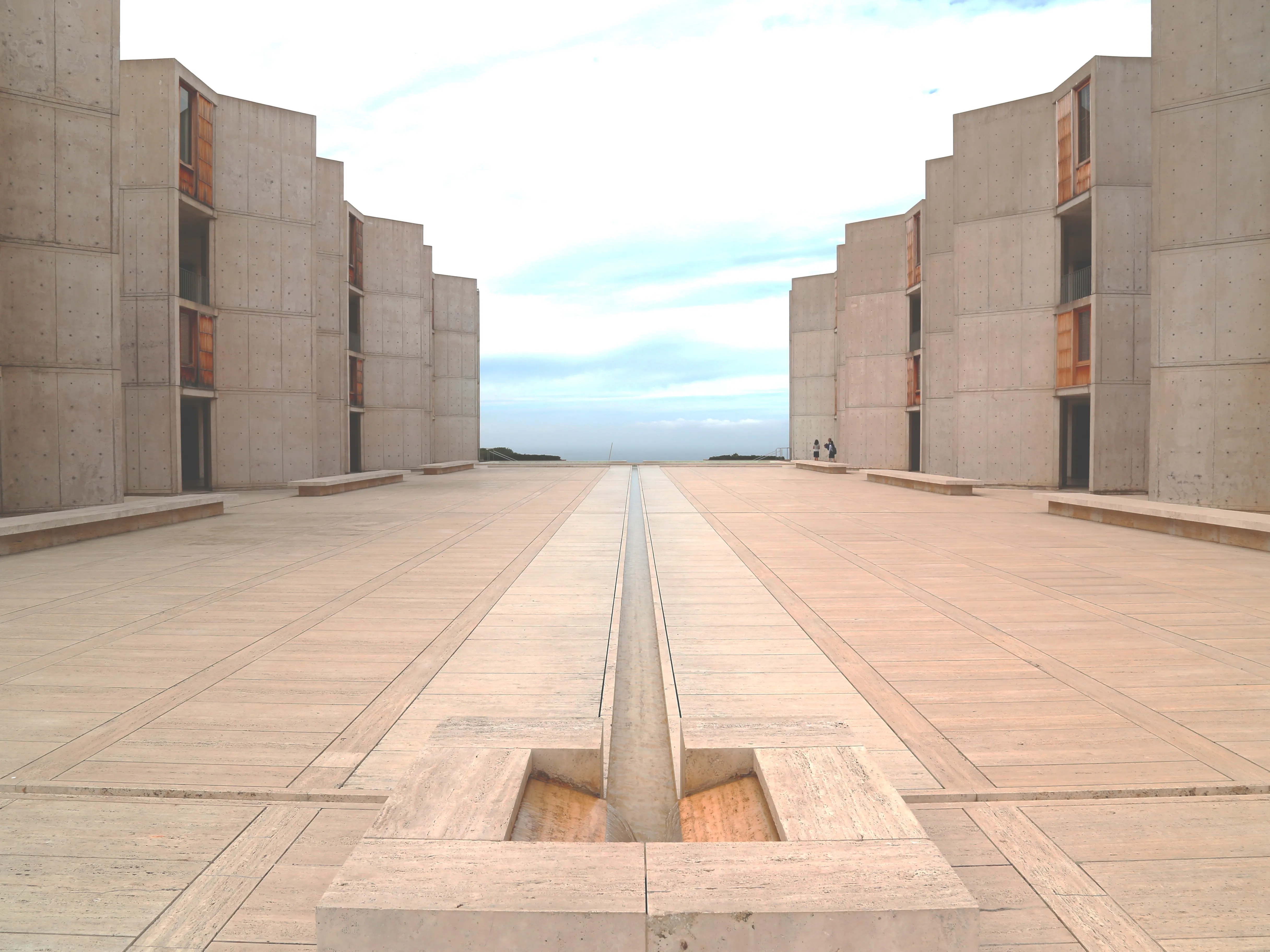
A. The Rational Problem-Solving Approach
This traditional approach starts with identifying the problem, researching constraints, generating options, evaluating solutions, and selecting the best design.
Example: Louis Kahn’s design of the Salk Institute for Biological Studies was based on rigorous rational analysis, balancing scientific utility with monumental serenity.
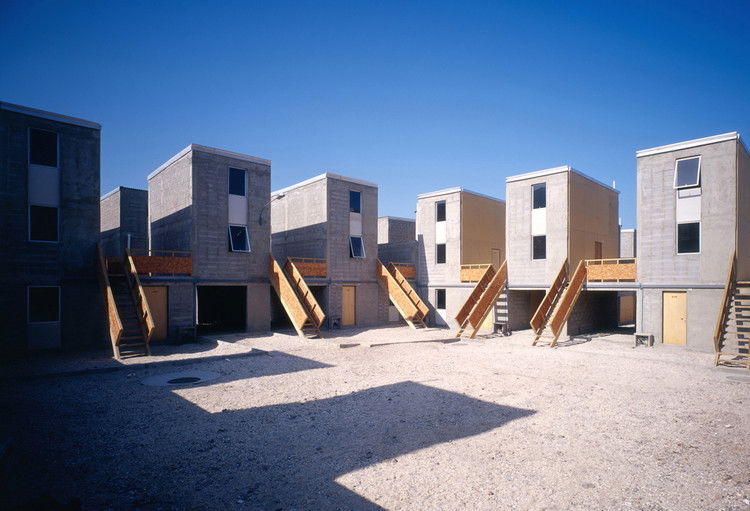
B. The Iterative Design Model Design is refined through cycles of prototyping, testing, feedback, and revision. Especially useful for fast-paced or community-based projects.
Example: Alejandro Aravena's Quinta Monroy Housing in Chile used iterations with community input to develop cost-effective, adaptable housing.
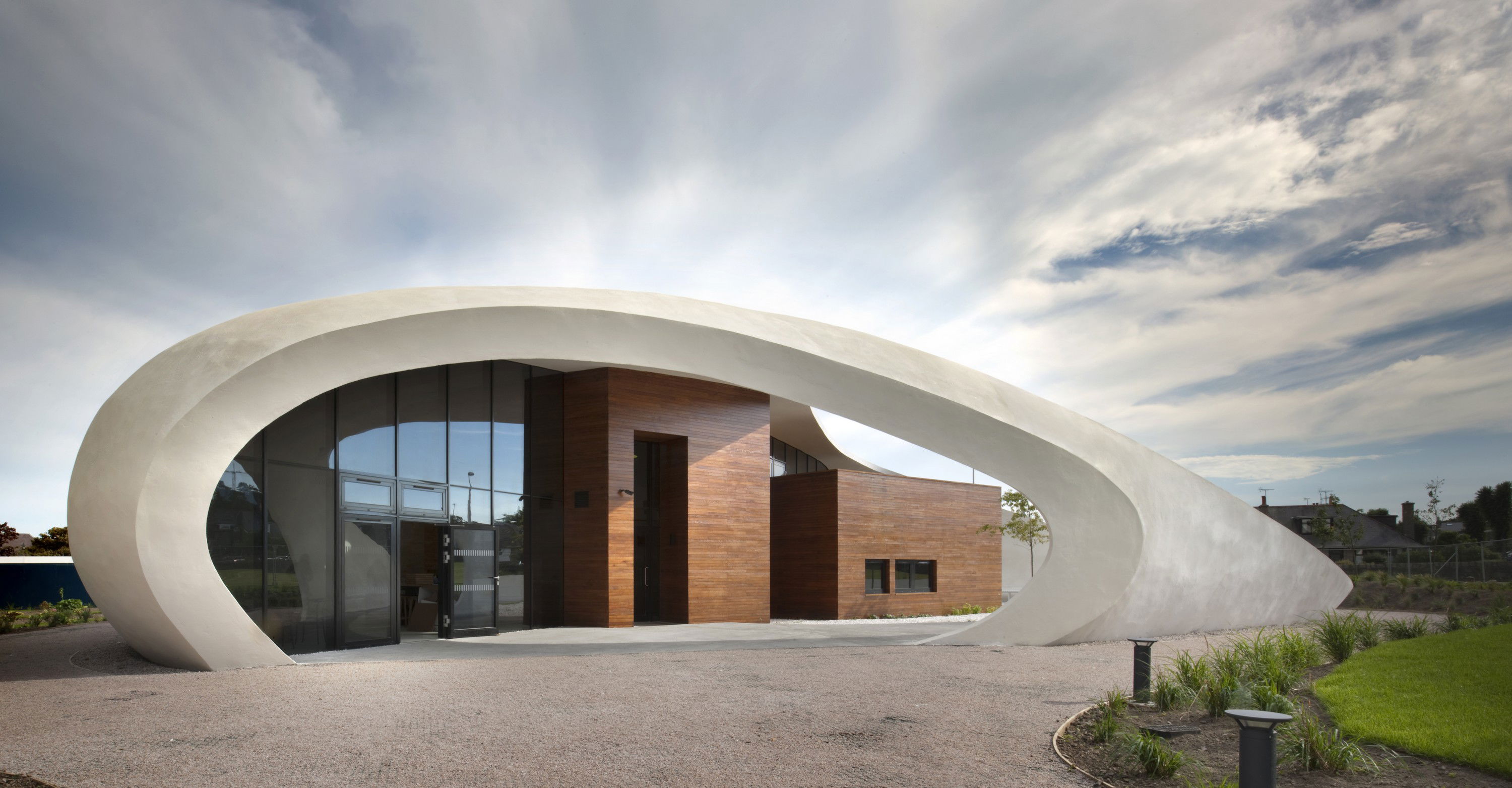
C. Human-Centered Design (HCD) This method prioritizes the end-user experience, using empathy-based research such as interviews, personas, and behavioral observation.
Example:Maggie’s Cancer Care Centres by multiple architects like Zaha Hadid and Frank Gehry focus on emotional comfort and dignity for users.
Pro Tip:Start your concept sketches with people and their behaviors, not just forms or site lines.
4. Design Thinking in Architecture

Design Thinking is a creative problem-solving process adapted from industrial and UX design. It emphasizes empathy, ideation, prototyping, and testing.
Stages include:
- Empathize
- Define
- Ideate
- Prototype
- Test
Application in Architecture: In disaster relief housing, firms like Shigeru Ban Architects use design thinking to rapidly prototype shelters that respond to human need and site logistics.
Pro Tip:Don’t wait to test your idea. Even a simple massing model can reveal major insights early.
5. Parametric and Generative Design Approaches

With the rise of computational tools, architects are using algorithms and parameters to generate multiple design outcomes. This method is especially useful for high-performance, climate-responsive, or formally complex buildings.
Case Study:The Al Bahar Towers by Aedas (Abu Dhabi) use parametric design for a responsive facade that reduces solar gain.
Pro Tip: Always link your parametric logic to real-world constraints, performance, budget, or material availability.
6. Contextual and Vernacular Approaches
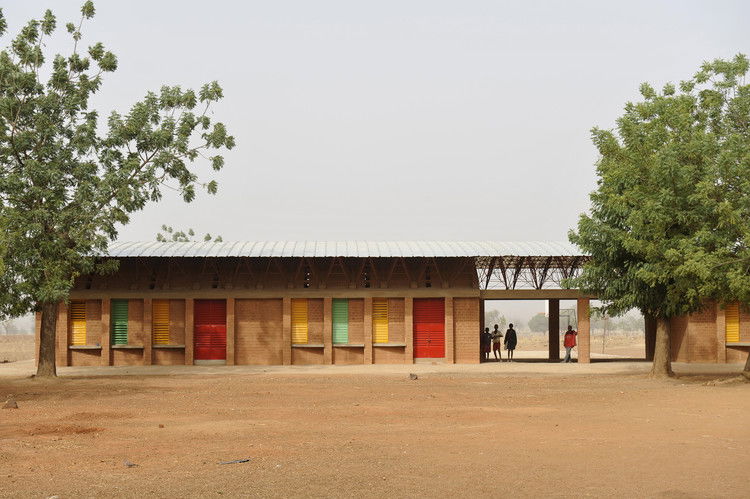
Some methodologies derive their logic from the local context,climate, materials, culture, and traditions. These are often integrated with modern strategies for sustainable impact.
Case Study: Francis Kéré’s Gando Primary School in Burkina Faso used local materials, passive cooling strategies, and community involvement for a low-cost, high-impact design.
Pro Tip: Understanding traditional building techniques can lead to innovation,not limitation, when aligned with contemporary tools.
7. Adapting Methodologies for Different Contexts
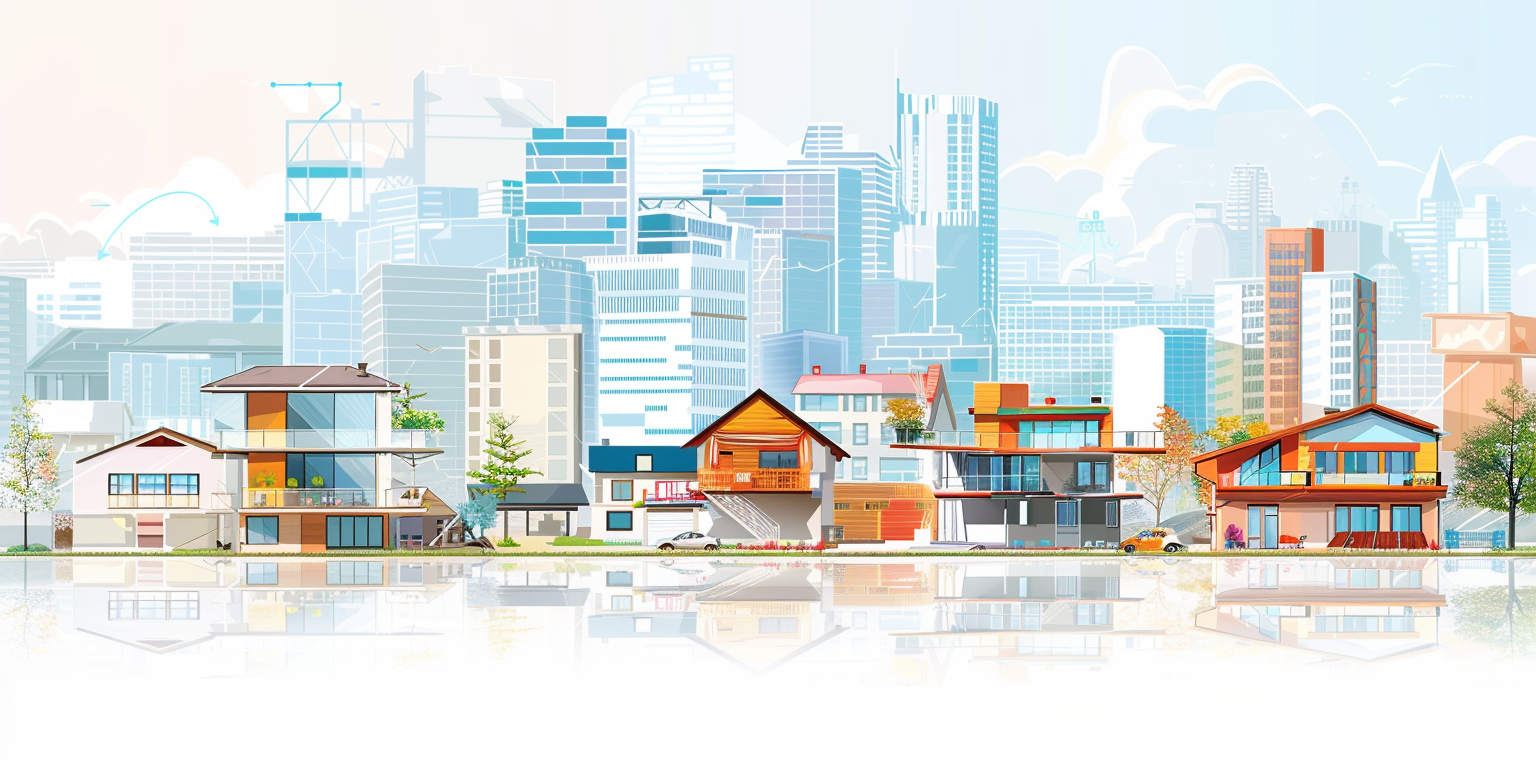
Urban vs. Rural
- Urban designs need multi-stakeholder integration, infrastructure considerations, and zoning compliance.
- Rural designs often prioritize resource availability, craftsmanship, and environmental responsiveness.
Small-Scale vs. Large-Scale
- Smaller projects may benefit from human-centered or iterative design.
- Larger ones need structured, rational, and often parametric workflows.
Budget Constraints
- Value engineering and phased construction become part of the methodology.
Pro Tip: Methodologies are tools, not rules. Choose and combine based on the problem at hand.
8. Conclusion

A strong grasp of design process methodologies transforms how architects solve problems—from form-making to human engagement, from parametric experiments to cultural sensitivity. For recent graduates, adopting the right methodology offers a roadmap to handle real-world complexities with clarity and creativity. By integrating structured approaches with intuitive design, young professionals can align their ideas with feasibility, client needs, and long-term project success.
Additional Case Studies (Bonus References)

- Centre Pompidou, Paris (Piano & Rogers): A radical systems-thinking design where building systems were exposed and reorganized.

- Fallingwater, Pennsylvania (Frank Lloyd Wright): Organic integration with the site; balance of design vision and structural logic.
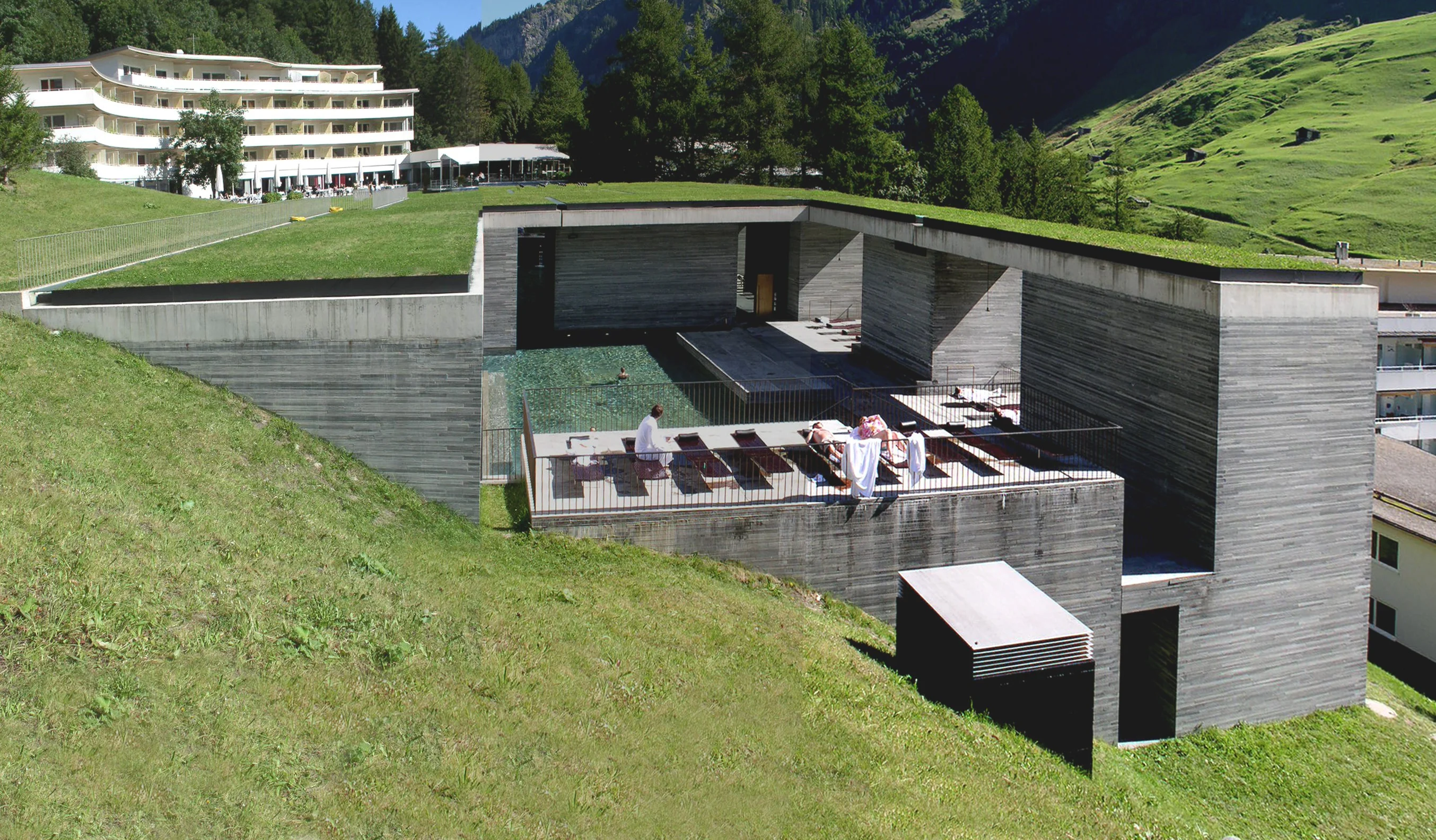
- Therme Vals, Switzerland (Peter Zumthor): Experiential methodology driven by materiality, atmosphere, and place.